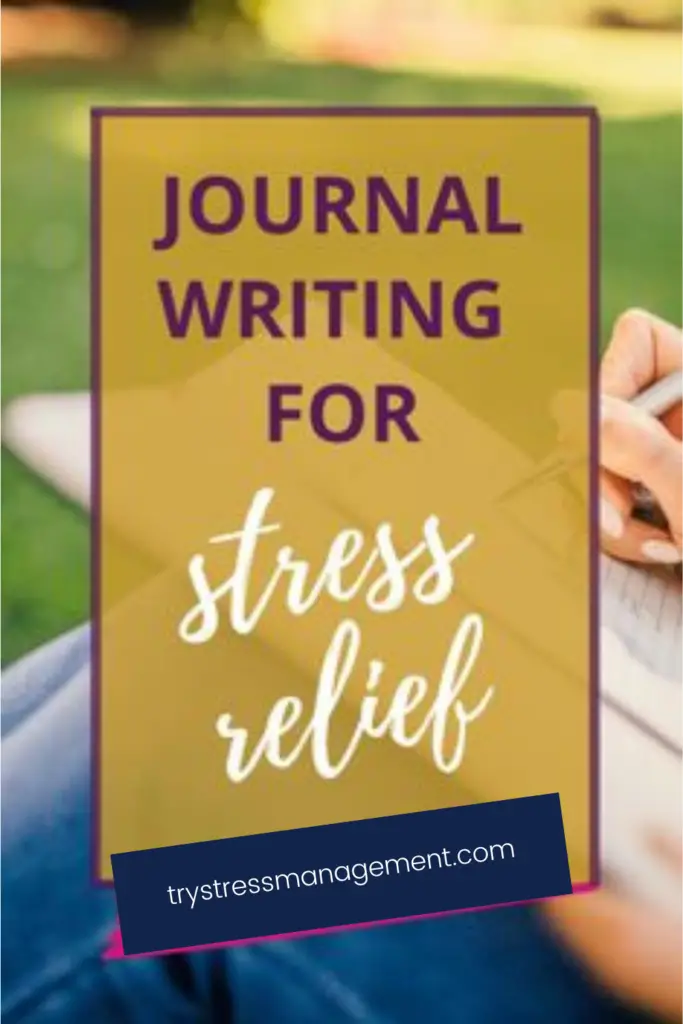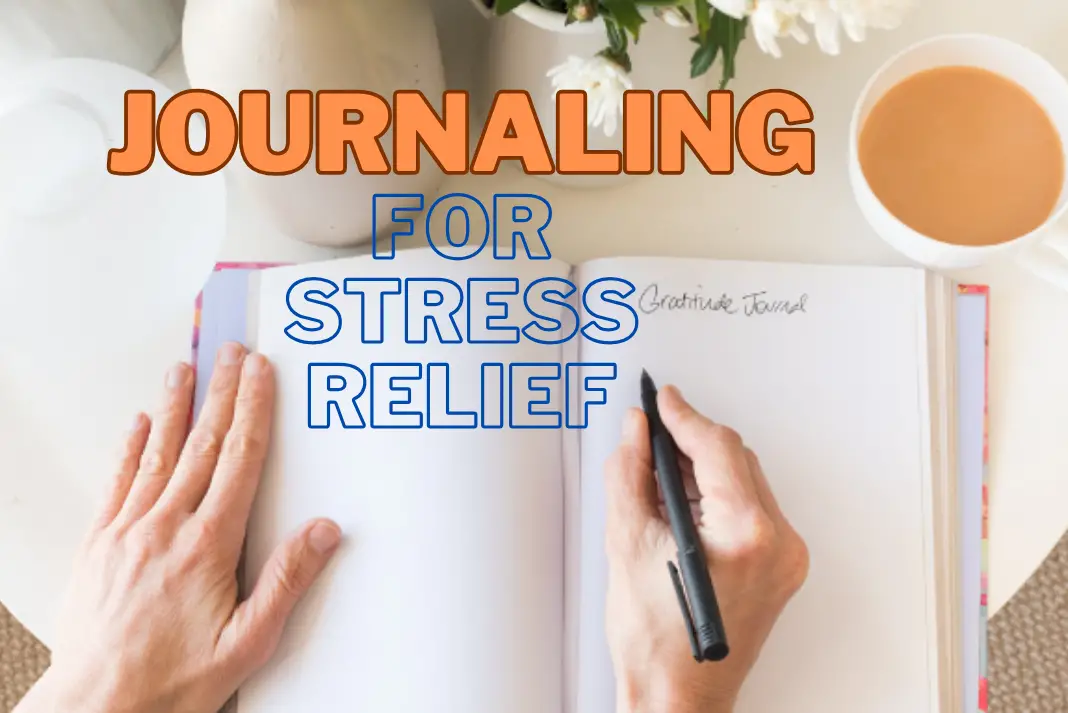In the hustle and bustle of our day-by-day lives, strain frequently takes center level, impacting our mental well-being. Welcome to “Unwind Your Mind: The Ultimate Guide to Journaling for Stress Relief.” This article delves into the transformative power of journaling as a tool for dealing with and assuaging strain. Discover the profound benefits of this handy practice, examine powerful strategies, and explore innovative ways to make journaling a fundamental part of your pressure control. Let’s embark on a journey to find out the healing artwork of putting pen to paper, unlocking the potential for stepped-forward mental clarity and emotional well-being.
Table of Contents
Understanding Stress
Stress, an omnipresent factor of current existence, is an herbal response to demanding situations and needs. It manifests both physically and mentally, impacting our basic well-being. From looming painting time limits to non-public responsibilities, stress can emerge from various sources, often leaving people feeling overwhelmed. Recognizing strain is the first step towards effective control. It’s essential to recognize that pressure isn’t always inherently terrible; in practicable doses, it may propel us to perform at our excellent. However, persistent stress can result in detrimental consequences on intellectual and bodily health. By gaining a perception of the mechanisms of strain, individuals can better navigate its demanding situations and adopt proactive techniques for strain control.
Benefits of Journaling
Emotional Release:
Journaling offers a safe area to explicit and launch pent-up feelings, serving as a cathartic outlet.
Stress Reduction:
Regular journaling has been related to decreased strain degrees, offering healing means to
technique challenges.
Clarity of Thought:
The act of placing the mind on paper fosters readability, supporting people to gain insights and attitudes on their emotions and situations.
Improved Mental Health:
Journaling is related to improved mental health, together with decreased symptoms of hysteria and depression.
Enhanced Self-attention:
By reflecting on reports and feelings, journaling fosters self-cognizance, assisting non-public growth and knowledge.
Problem Solving:
Journaling enables individuals to brainstorm solutions, analyze conditions, and broaden techniques for problem-solving.
Gratitude Practice:
Incorporating gratitude journaling promotes a high-quality mindset, moving consciousness in the direction of appreciation and contentment.
Goal Setting and Tracking:
Journals serve as powerful equipment for putting and tracking personal and professional desires, enhancing motivation and responsibility.
Improved Sleep:
Establishing a journaling habit before bedtime can contribute to better sleep by decluttering the mind.
Mindfulness and Presence:
Journaling encourages mindfulness, grounding individuals within the present moment and lowering rumination on beyond or future stressors.

Getting Started with Journaling
Choose Your Journal:
Select a magazine that resonates with you—whether it is a blank pocketbook, a guided magazine, or a digital platform. The secret is to pick a format that feels snug and welcoming.
Set a Time:
Establish a committed time for journaling on your everyday recurring. This might be within the morning, at some point of a lunch ruin, or before bedtime. Consistency is key.
Create a Relaxing Space:
Find a quiet and comfortable space to the magazine. Whether it’s a comfy nook, a park bench, or a favorite chair, having a designated area complements the enjoyment.
Start Small:
Begin with short sessions. You don’t need to put in writing pages; a few sentences or bullet points are sufficient. Gradually, you may make bigger your entries as you grow to be more cushty.
Choose Your Medium:
Decide whether or not you decide upon conventional handwritten journaling or virtual systems. Some locate the tactile experience of pen and paper therapeutic, whilst others revel in the ease of digital gear.
No Judgment Zone:
Remember that your journal is a judgment-free zone. There’s no right or incorrect way to magazine, and you are now not writing for a target market. Let your thoughts waft without self-complaint.
Explore Prompts:
If you’re unsure where to begin, use prompts to guide your entries. Prompts can stimulate reflection and assist you delve into unique factors of your feelings or reports.
Express Yourself:
Don’t maintain lower back. Use your magazine as a space for true self-expression. Write approximately your thoughts, feelings, frustrations, joys—whatever is to your mind.
Experiment with Styles:
Feel free to test with unique journaling patterns. Some may additionally choose conventionally written entries, even as others may enjoy incorporating doodles, sketches, or even collage factors.
Prompts for Stress Relief
Gratitude Journaling:
List three stuff you are grateful for nowadays. Reflect on the positive elements of your life, no matter how small.
Breathing Exercises:
Describe a chilled breath exercise you can practice while feeling confused. Note the way it makes you feel extra focused.
Emotional Check-In:
Explore and explicit your present-day feelings. Identify and describe any stressors contributing to these emotions.
Mindful Observations:
Record 5 matters for your instantaneous environment that you hadn’t observed earlier than. Practice being present in the moment.
Affirmations:
Write down three affirmations to boost your self-assurance and resilience. Repeat them to yourself during the day.
Release Through Writing:
Allow yourself to vent by writing down any frustrations, anxieties, or worries. Release those thoughts onto the paper without judgment.
Self-Compassion Exercise:
Write a compassionate letter to yourself, acknowledging any challenges you are facing and imparting words of encouragement.
Daily Wins:
Celebrate your achievements, irrespective of how small. Reflect on something nice you performed today.
Nature Connection:
Describe a natural setting that brings you peace. Use sensory information to move yourself there to your creativeness.
Visualizations:
Close your eyes and consider a serene place. Describe it in an element, exploring how it makes you experience calm and steady.
Future Self Reflection:
Write a letter to your destiny self, expressing hopes and aspirations. Consider what steps you can take these days to transport towards those desires.
Release Tension Through Art:
If words are not sufficient, try expressing your strain through artwork. Doodle, sketch, or paint your emotions on paper.
Sensory Exploration:
Focus on one among your senses—whether it is touch, taste, sight, sound, or odor—and describe a nice sensory reveal.
Mindful Eating Reflection:
Write approximately a current meal or snack, paying attention to the flavors, textures, and sensations. Be absolutely gifted all through this reflection.
Reflect on Stress-Reducing Activities:
List sports that have historically helped you relax. Reflect on how you may contain them in your ordinary for ongoing pressure comfort.
Experiment with these prompts to find out which resonates most with you, making journaling a powerful device for pressure comfort.
Establishing a Consistent Practice
Set Realistic Goals:
Begin with achievable objectives to make consistent journaling manageable.
Choose a Time that Works:
Select a specific, consistent time for journaling aligned with your routine.
Incorporate Reminders:
Use reminders or cues to prompt and reinforce your journaling habit.
Start with Short Sessions:
Initiate with shorter, focused sessions, gradually increasing as the habit forms.
Create a Dedicated Space:
Designate a quiet, comfortable space dedicated to your journaling practice.
Track Progress:
Keep a simple tracker to monitor and celebrate your consistency.
Pair with an Existing Habit:
Integrate journaling with an existing habit to streamline the practice into your routine.

Creative Journaling Techniques
Art Journaling:
Express your mind and feelings through visible arts. Combine drawings, artwork, university, or even blended media to create a visual representation of your inner global. This method encourages a non-verbal and intuitive form of self-expression.
Bullet Journaling:
Utilize a scientific technique to journaling by combining textual content and emblems to arrange thoughts and obligations. Bullet journaling is powerful for aim placing, dependency monitoring, and reflecting on everyday reports. It permits an established yet bendy manner to report your existence.
Stream of Consciousness Writing:
Embrace an unfastened-flowing fashion in which you write without self-censorship or issues for structure. Let your thoughts spill onto the page without disturbing approximately grammar or punctuation. This approach promotes uninhibited self-expression and often unveils subconscious thoughts.
Gratitude Journaling with Visuals:
Combine the conventional practice of gratitude journaling with visible factors. Create a collage or draw photos that constitute the things you’re grateful for. This technique provides a sensory and innovative layer to expressing gratitude, enhancing its impact.
Dialogues and Letters:
Engage in a written communique with yourself or others via dialogues and letters. Write a letter in your past or destiny self, have an interaction in a talk with an internal factor, or maybe write a letter to a person you want to forgive. This approach provides a unique perspective and helps introspection.
These innovative journaling techniques provide diverse approaches to discovering self-expression and introspection. Experiment with one-of-a-kind approaches to find out which resonates maximum along with your non-public fashion and options.
Conclusion
In the end, “Unwind Your Mind: The Ultimate Guide to Journaling for Stress Relief” invites you on a transformative adventure harnessing the strength of journaling. Understanding stress as an inevitable factor of cutting-edge life, the object emphasizes the want for powerful management, with journaling emerging as an effective tool. Delving into the profound advantages and creative techniques, it encourages readers to make journaling an essential part of their stress manipulation strategy.
Embarking in this healing artwork of putting pen to paper gives a pathway to superior mental readability and emotional well-being. From gratitude journaling to visualizations and dialogues, the various techniques cater to diverse choices, ensuring a customized and effective strain relief practice. Establishing a consistent journaling addiction is offered as a key to unlocking the whole ability of this therapeutic device.
In a world full of constant demands, journaling offers a sanctuary for emotional release, hassle-fixing, and self-recognition. By integrating this practice into day-by-day life, individuals can navigate stressors with resilience, fostering a high-quality mindset and achieving a nation of mindful presence. Embrace the transformative journey of journaling—your gateway to a calmer, clearer, and more balanced lifestyle.


